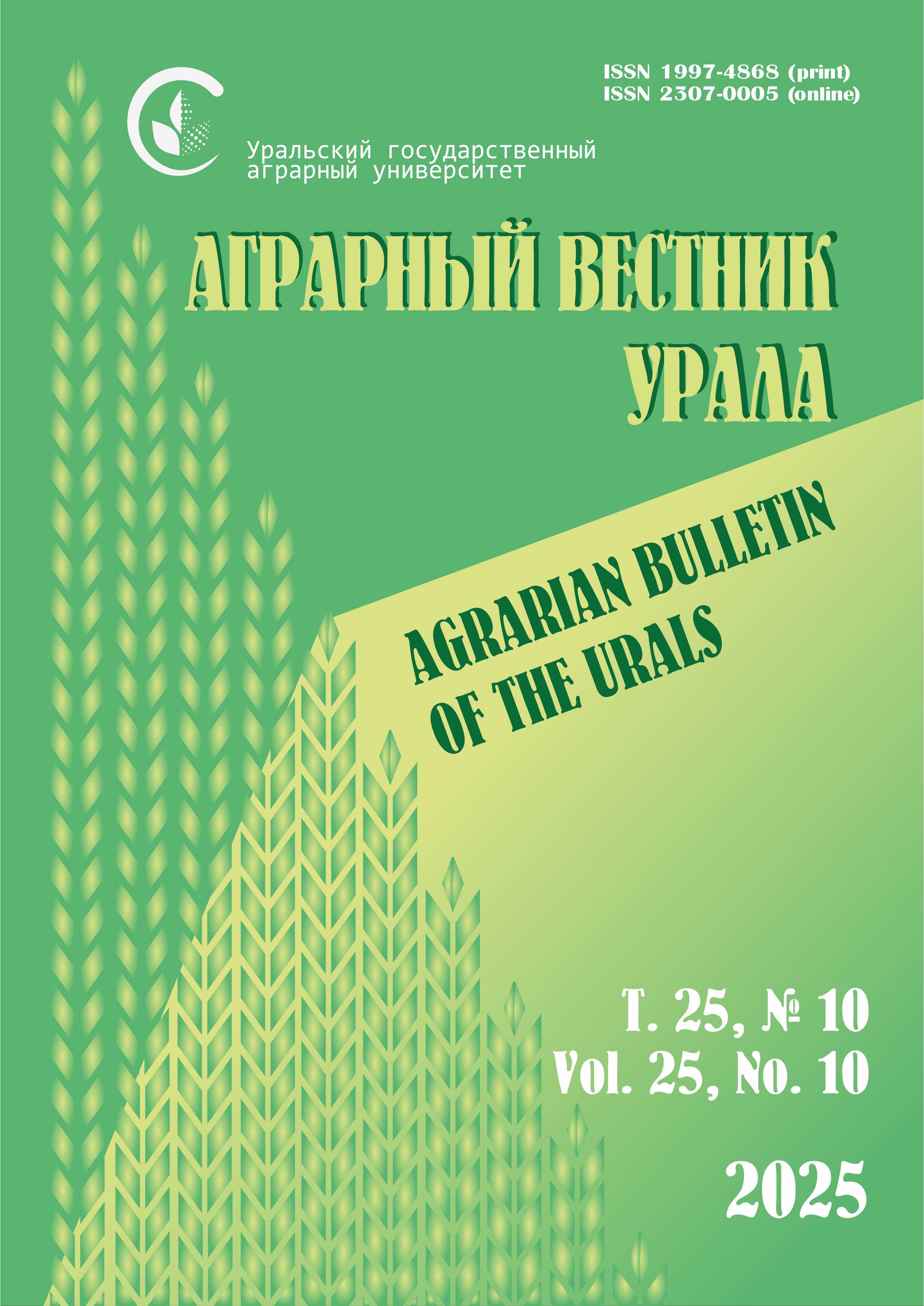Аuthors: S. D. Gilev, candidate of agricultural sciences, deputy director on scientific work,
I. N. Tsymbalenko, candidate of agricultural sciences, leading researcher of the llaboratory crop rotation and tillage,
A. P. Kurlov, senior scientists laboratory crop rotation and tillage,
O. S. BASTRYChKINA, senior scientists laboratory crop rotation and tillage,
Kurgan gricultural research Institute (641325, Kurgan region, Catovsky R-n, s Garden, Lenin street, 9. Phone (35231) 57-354; 57-389).
Abstract: In the arid climate the most urgent problem of farmers TRANS – optimization of the water regime of the soil. One of the main factors that determine the permeability of the soil, the stock of productive moisture and water consumption of crops is soil structure, which is formed under the influence of different processing systems. The article shows the role of natural and managed factors in the formation of water regime of leached Chernozem TRANS. If this crucial to obtain stable yields of crops have precipitation growing season, which is over 50 % per annum. A strong positive correlation exists between the levels of the spring wheat yield and rainfall in June and July. In favorable hydration years, the correlation coefficients are 0.6 and 0.46; in arid – of 0.90 and 0.96, respectively. Under conditions of low moisture, mineral (nitrogen) fertilizer does not have a positive effect on wheat yield. The efficiency of fertilizers is manifested in years when drought appears less (SCC 0,7–1,1). Among the studied systems, tillage maximum amount of spring water stock in the m layer is different moldboard as in a steam box (134,7 mm), and in other fields pathologe rotation (87,8–117,7 mm). The second spring water reserves - stubble backgrounds after herbicide pair (130 mm). Due to the increased aeration of the topsoil on the options moldboard process- ing system loss of moisture to diffuse evaporation is much higher than on plots with mulch treatment (56,8 against 36,3 %). As a result, the coefficients of water use for mulching options minimum system treatments compared with moldboard de- crease of 9.2–15.2 per cent, indicating a more efficient use of soil moisture cultivated plants, and this allows in dry years to get the yield of spring wheat on steam predecessors at the level of 18.0 kg/ha, neverovym – 15,0 kg/ha, barley - to 20.0 kg/ha.
Keywords: tillage, moisture, coefficients of water use, soil structure and productivity.












